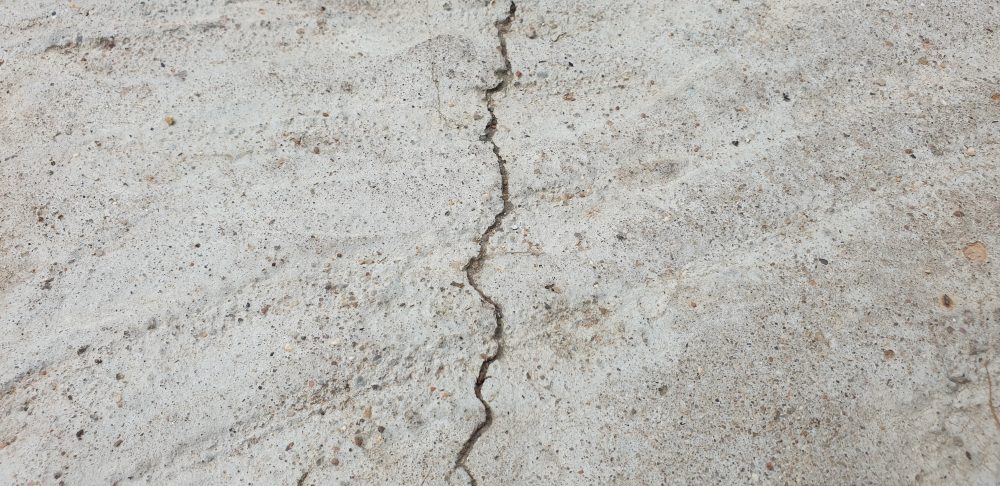How to Identify 3 Types of Foundation Cracks
As a homeowner, you know that it’s your job to keep your home in good condition and take care of all necessary repairs. But very few homeowners get regular foundation inspections. It’s easy to think of the foundation as something solid that cannot change. However, this is only true when the ground under the foundation doesn’t change. If you are on expansive clay-rich soil or if your region is experiencing unusually dry or wet weather, your foundation may shift unexpectedly. It’s important for homeowners to be able to identify the early signs of a foundation problem, including foundation cracks, so that repairs can be effected before the foundation fracture becomes extensive or starts to damage the rest of the house.

Foundations Crack Before They Break
Before a foundation breaks completely, it starts to crack. If you catch it at the cracking phase, you can save your home with early preventative measures and repairs. The best way to do this is to watch for cracks that indicate foundation issues. For most homes, these can be spotted along the base of the house, usually behind low flower beds if the grass doesn’t go up to the edge of the house. For homes with basements, foundation issues are often spotted as cracks in the walls that can get quite large. Let’s take a look at the types of cracks to look out for both outside and in basements.
1) Vertical Foundation Cracks
Vertical cracks are the most common type of foundation crack and look exactly as you’d expect them to. This can be one slowly widening crack or a spider web of vertical fractures that are crumbling apart. The nature of the vertical crack depends on how the soil is shifting under your home and can be quite complex. However, vertical cracks are most likely when one section of the home is pushed up away from the rest or when one half horizontally away from the other creating a fissure. Diagonal cracks that are mostly vertical are considered vertical cracks.
2) Horizontal Foundation Cracks
Horizontal cracks are the result of a different kind of soil shifting. If your foundation is buried in several different layers of soil, one layer expanding or shifting more than the others can cause stress to hit or shear your foundation horizontally. Several horizontal cracks in a stack are indications of soil pushing in after expanding while a single crack is more likely to be shifting and shearing force pulling the lower part of your foundation away from the upper part. Horizontal cracks are sometimes hard to catch if you don’t have a basement and the crack is below your yard soil line.
3) Stair Foundation Horizontal Cracks
For home where the foundation is lined with bricks or a diagonal crack is at an even 45-degree angle, you may see a stair-step shaped crack in your wall or foundation. This is known a stair crack for obvious reasons and is what happens when brick is pulled apart by foundation problems. You may also see your brick facade up the side of your house crack as well because it is built onto your splitting foundation.
If you see any of these types of crack in your foundation or any any other signs that concern you, please call a foundation repair team right away. Foundation problems start small but can wreck entire houses if they go untreated. For more information about foundation repairs and trouble identification, contact us today.
